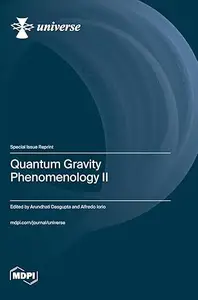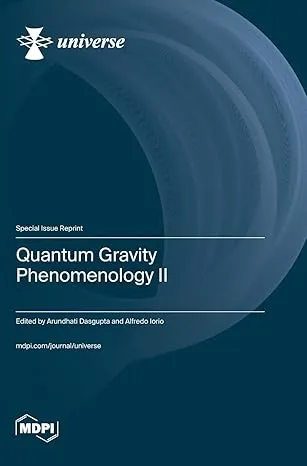Quantum Gravity Phenomenology II
by Arundhati Dasgupta, Alfredo Iorio
English | 2024 | ISBN: 3725823715 | 220 Pages | PDF | 4.85 MB
by Arundhati Dasgupta, Alfredo Iorio
English | 2024 | ISBN: 3725823715 | 220 Pages | PDF | 4.85 MB
Quantum gravity is at the frontier of research in physics. The four known interactions — gravitational, electromagnetic, strong and weak nuclear forces — have successfully described all known phenomena, with the exception of the dark sector. Of the four, the quantum of gravitational interaction is yet to be discovered, due to the weakness of the interaction at small scales. However, gravitational interaction is very strong for astrophysical objects, and bizarre phenomena have been tested experimentally. Using general relativity, gravity is shown as the theory of space–time, and theoretical predictions of black holes, and gravitational lensing, have all been observed in astrophysics. Gravitational waves, recently discovered, brings forth new hope for observational gravitational physics in the realm of the infinitesimal, to the point that the physics of quantum gravity may be within reach. The two volumes of the Universe Special Issue on quantum gravity phenomenology are therefore very timely, with papers describing the search for quantum signatures of gravity in observational physics. Due to the difficulty or impossibility of direct experiments, One of the avenues explored is analog models of gravity. Curved graphene was used to simulate the geometry of the outside of a black hole, and supersonic matter waves could simulate horizon behavior in fluids. Volume I of the Special Issue focuses on these “simulated quantum gravity experiments” or analog models with papers by pioneers in the field. Volume II describes quantum effects in astrophysical and cosmological phenomena which provide predictions for future experiments.



